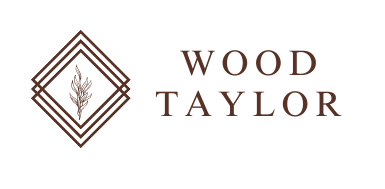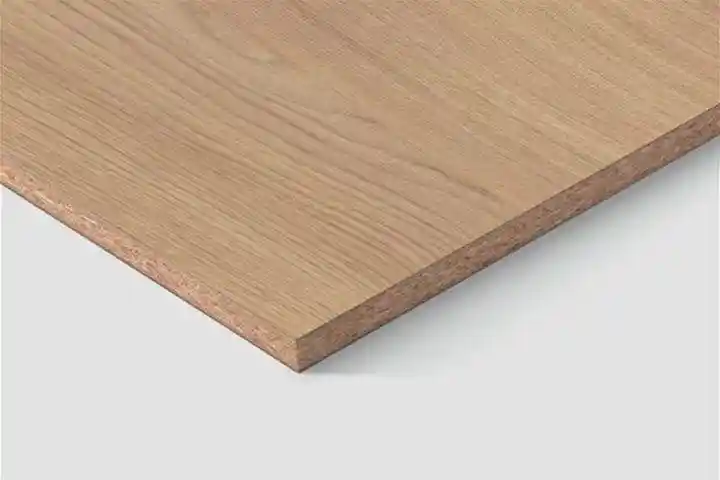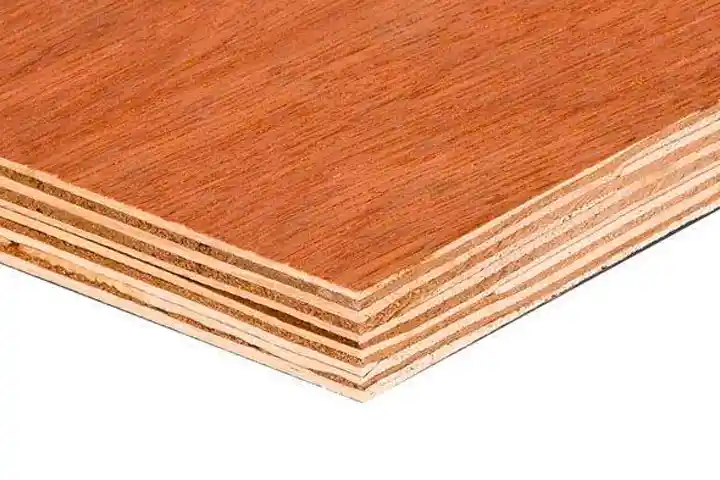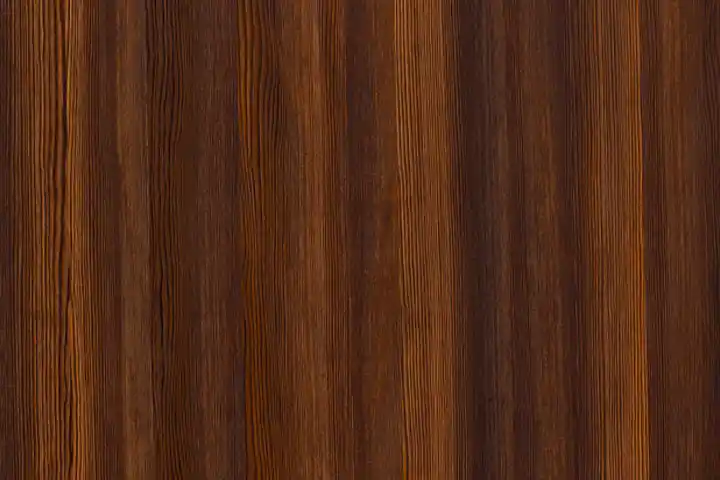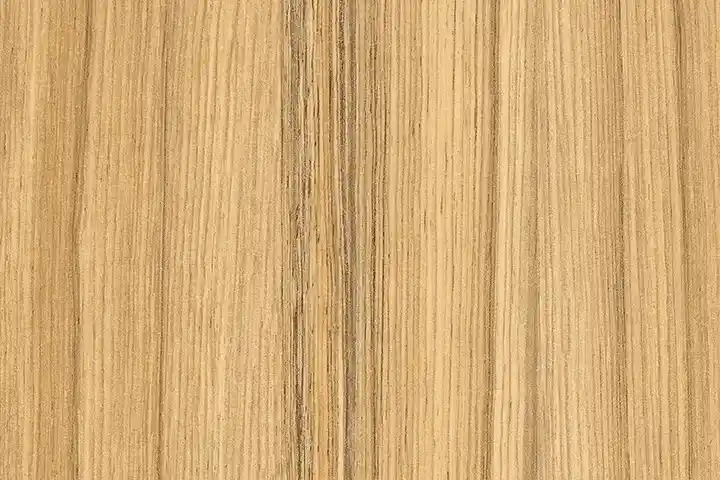Medium Density Fibreboard (MDF)
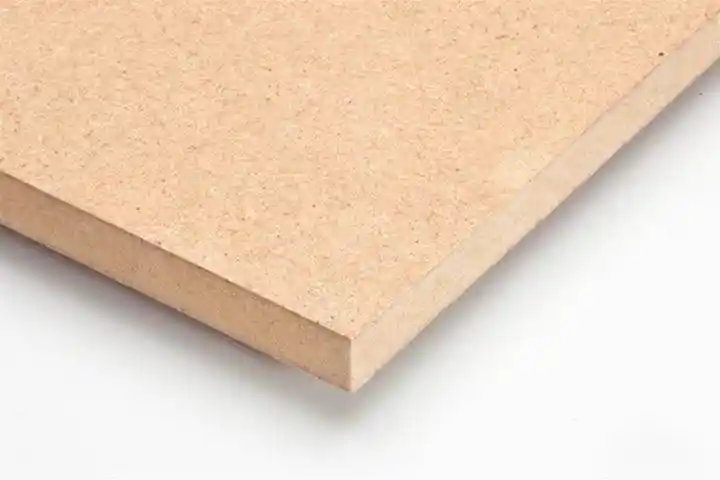
Standard MDF
Standard MDF is suitable for use in internal dry conditions. The moisture content is in the range of 5-9% and therefore should be conditioned in the final environment for 2-3 days before cutting and fixing. Standard MDF is used in a wide range of applications including furniture, shop fitting, doors and manufactured goods.
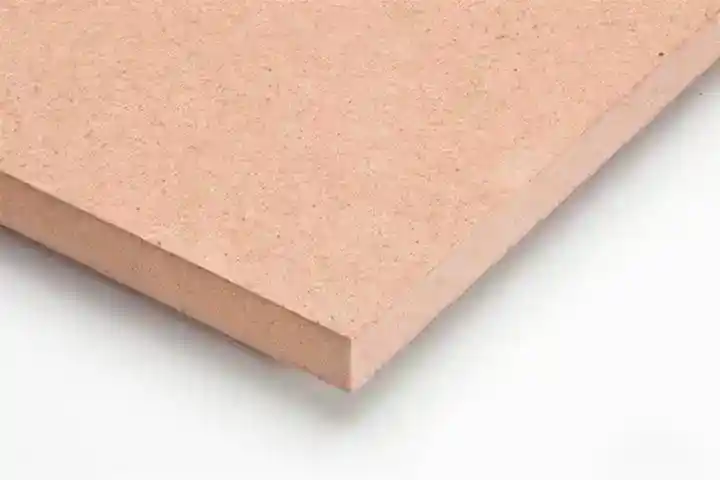
Flame Retardant MDF
Flame Retardant MDF is typically used for wall linings, partitions, display panels and ceilings. It is suitable for use in internal dry conditions. The moisture content is in the range of 5-9% and therefore should be conditioned in the final environment for 2-3 days before cutting and fixing.
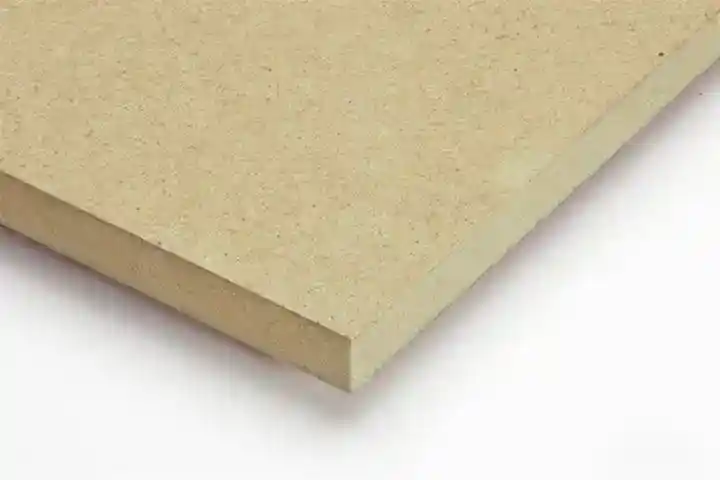
Moisture Resistant MDF
Moisture Resistant MDF is used for kitchen furniture, bathroom furniture, architectural mouldings, skirting boards, architraves, window boards, flooring and general interior joinery. It is suitable for interior use and should be conditioned in the final environment for 2-3 days prior to use.
Empowering Creativity with Versatility and Reliability
MDF has become a staple in the world of woodworking, empowering carpenters, interior designers, furniture designers, and DIY enthusiasts to bring their creative visions to life. This article explores the fascinating process of how MDF is made and highlights its wide range of applications from the unique perspectives of these professionals.
How is MDF made?
MDF is engineered wood, made by compressing small wood fibers and resin under high pressure and temperature. The process begins with the selection of wood species, typically softwood, which is debarked and chipped into small fibers. These fibers are then mixed with a resin binder, often urea formaldehyde, to enhance the structural integrity of the material.
The mixture is then subjected to heat and pressure in a process called hot-pressing. The combination of heat, pressure, and resin causes the wood fibers to bond together, resulting in a solid and dense panel. The density of MDF can vary depending on the application, ranging from low-density to high-density boards. The higher the density, the stronger and more durable the MDF panel.

MDF applications in carpentry
From the perspective of a carpenter, MDF offers a plethora of advantages. Its uniform density and consistency make it easy to work with, whether it’s cutting, routing, or shaping. MDF’s fine and smooth surface allows for seamless finishing, making it an ideal choice for carpentry projects that require painting, veneering, or laminating. Additionally, the strength and stability of MDF make it suitable for constructing shelves, cabinets, and built-in furniture pieces.
MDF applications in interior design
For interior designers, MDF opens up a world of creative possibilities. Its versatility enables the creation of custom-designed elements, such as decorative wall panels, room dividers, and intricate architectural features. MDF’s ability to be molded into various shapes and forms allows designers to push the boundaries of their imagination, transforming ordinary spaces into extraordinary works of art. Furthermore, MDF’s consistency and resistance to warping make it a reliable choice for applications that require structural integrity and longevity.
MDF applications in furniture design
Furniture designers also appreciate the merits of MDF in their craft. MDF serves as an excellent alternative to solid wood, offering stability and durability at a more affordable price point. It provides a consistent base for attaching veneers or laminates, resulting in beautifully finished furniture pieces. MDF’s homogenous composition also reduces the risk of knots, cracks, or other natural defects found in solid wood, ensuring a smooth and flawless surface for intricate detailing or carving. From tables and chairs to intricate cabinetry and headboards, MDF offers endless possibilities for furniture designers to create stunning and functional pieces.
MDF in DIY projects
For the DIY enthusiast, MDF is a versatile and accessible material that allows for a wide range of projects. Its affordability, ease of handling, and ability to mimic the appearance of other materials make it an excellent choice for home improvement and crafting endeavors. DIY enthusiasts can utilize MDF for creating shelves, storage units, floating desks, and even custom wall art. With proper tools and techniques, MDF can be transformed into personalized, high-quality pieces that enhance the aesthetics and functionality of any space.
In conclusion, MDF has revolutionized woodworking and empowered professionals and enthusiasts alike. Its manufacturing process involves compressing wood fibers and resin, resulting in a versatile and reliable material. MDF offers a wide range of applications, including carpentry projects, interior design elements, custom furniture pieces, and DIY creations. With MDF, creativity knows no bounds, enabling the realisation of unique and innovative designs with ease and precision.
More Board types
Medium-Density Fiberboard (MDF)
Medium-Density Fiberboard (MDF) has become a staple in the world of woodworking, empowering carpenters, interior designers, furniture designers, and DIY enthusiasts to bring their creative visions to life.
Melamine faced chipboard (MFC)
Melamine faced chipboard (MFC) has gained immense popularity in the world of interior design and construction due to its versatility, durability, and stylish appeal. It has revolutionised the way we approach furniture manufacturing and interior decor.
Plywood
Plywood, often referred to as "engineered wood", has changed the world of construction and design. With its unique structure and exceptional strength, plywood offers a wide range of applications and has become an essential building material.
Veneer panels
Veneer panels are a testament to the harmonious blend of nature's beauty and human craftsmanship. These exquisite panels, made through a meticulous process, bring the warmth and elegance of real wood to interior spaces.
Laminates
Laminates are a versatile and popular choice for surfacing materials, seamlessly blending style, durability, and ease of maintenance. Laminates can transform surfaces into stunning focal points that withstand the test of time.
